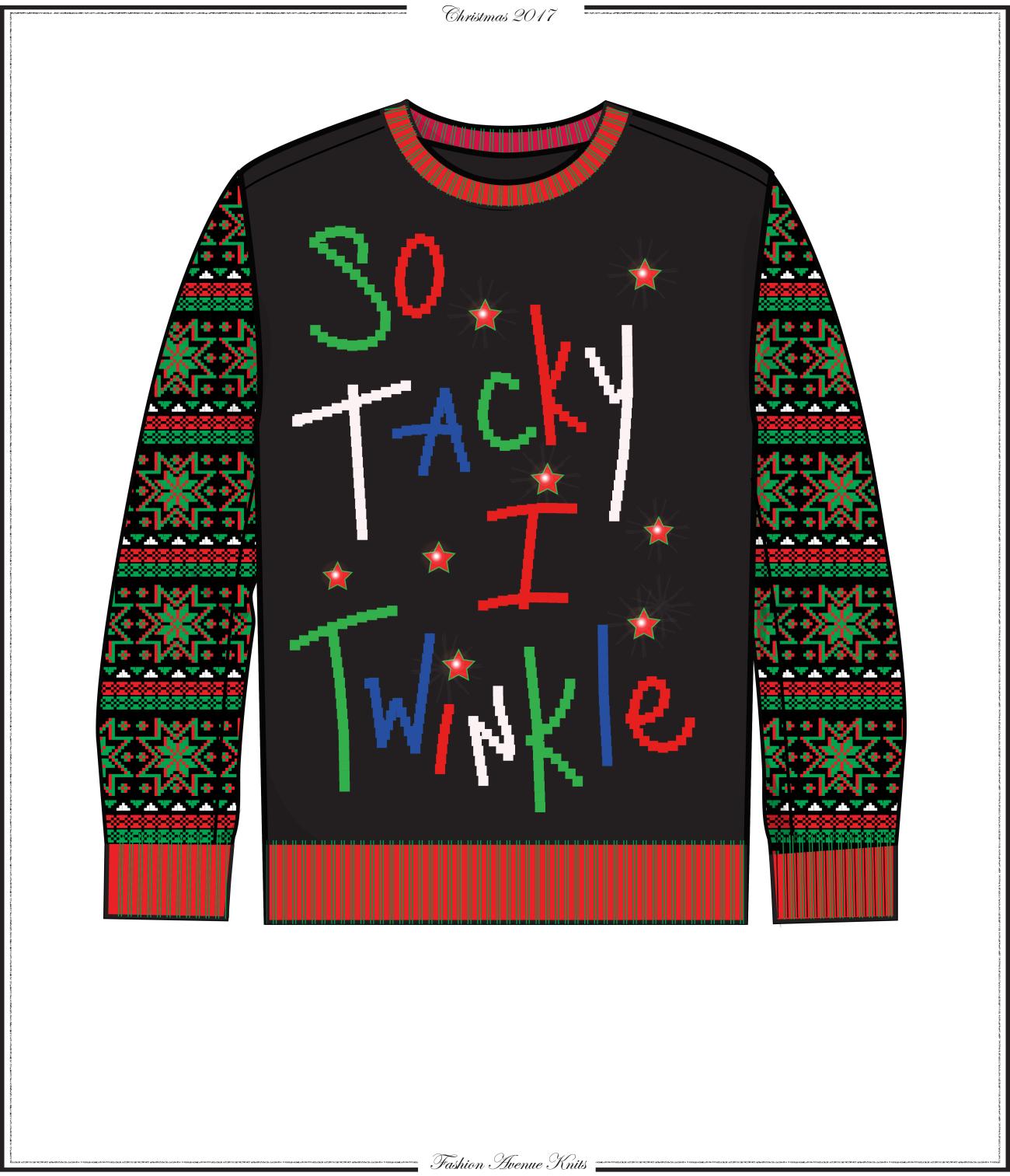How Fashion Avenue Knits Cranks Out Ugly Christmas Sweaters With Simparel
During ugly-sweater season around the holidays, chances are you’ve worn one of Fashion Avenue Knits Sweaters’ intentionally hideous creations to an office Christmas party or some such festive occasion. “We’ve had a lot of success with the ugly Christmas sweater — we’ve become one of the go-to providers” for retail clients including Amazon, Walmart and rue21, says Austin Mallis, vice president of operations for the 30-year-old New York City-based private-label sweater and sports wear company.
Fashion Avenue has developed a “nice-sized business” around ugly sweaters, one of the new areas of growth enabled in recent years by a focus on results-driven technology rollouts. “With the implementation of PLM starting in 2012, we’ve been able to transform our development process to focus on a lot more styles and SKUs that cater to broader markets which we weren’t able to do before,” Mallis notes.
The company set its sights on overhauling ERP; its previous system “got us to where we needed to be for long enough” but by the beginning of 2015, Fashion Avenue began its search for a new platform to help manage growth into areas such as juniors, kids and men’s apparel and accessories. Though the search initially stalled — “we didn’t see the benefit of the implementation,” says Mallis — as its transactional volume increased and Fashion Avenue found itself shipping more styles and processing more purchase orders, it was time for decisionmakers to review the company’s processes.
Attracted by Simparel ERP’s user-friendly and streamlined interface, Fashion Avenue went live with the platform on Jan. 1, 2017. “In the first 75 days, we rewrote how we do things operationally from order entry, purchase order entry, style master, and picking and packing,” Mallis explains. All of the company’s third-party warehouse partners — which previously ran their own disparate workflows — are using Simparel ERP now, too, and have taken over the receiving process, which is a “big man-hour save for us,” adds Mallis. “It’s more up to date because they use it as the system of record. It’s in their best interest to receive ASAP so they can get paid as well.”
Mallis points out that Simparel’s platform requires a lot of set-up work on the front end so that you “build out the software to your specifications.” That necessitated “due diligence” with the EDI point person, he says, so that workflows were created based on EDI and style masters. Though that “heavy lifting” took more time than Fashion Avenue anticipated, it allowed the company to be up and running quickly once it went live. Which means more ugly sweaters, coming to a retailer near you.
Jessica Binns is senior editor for Apparel magazine.
Editor's Note: If you liked this article, check out all of our 2017 Top Innovators.


